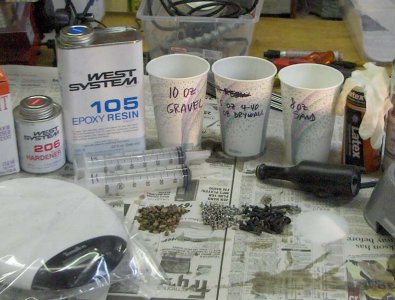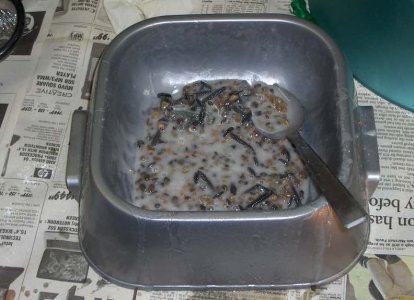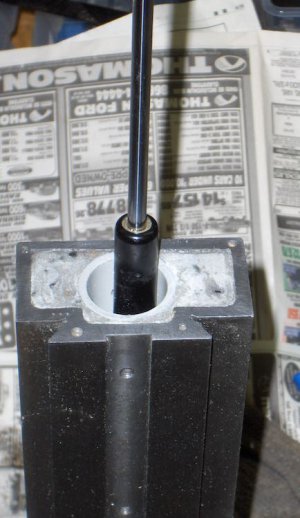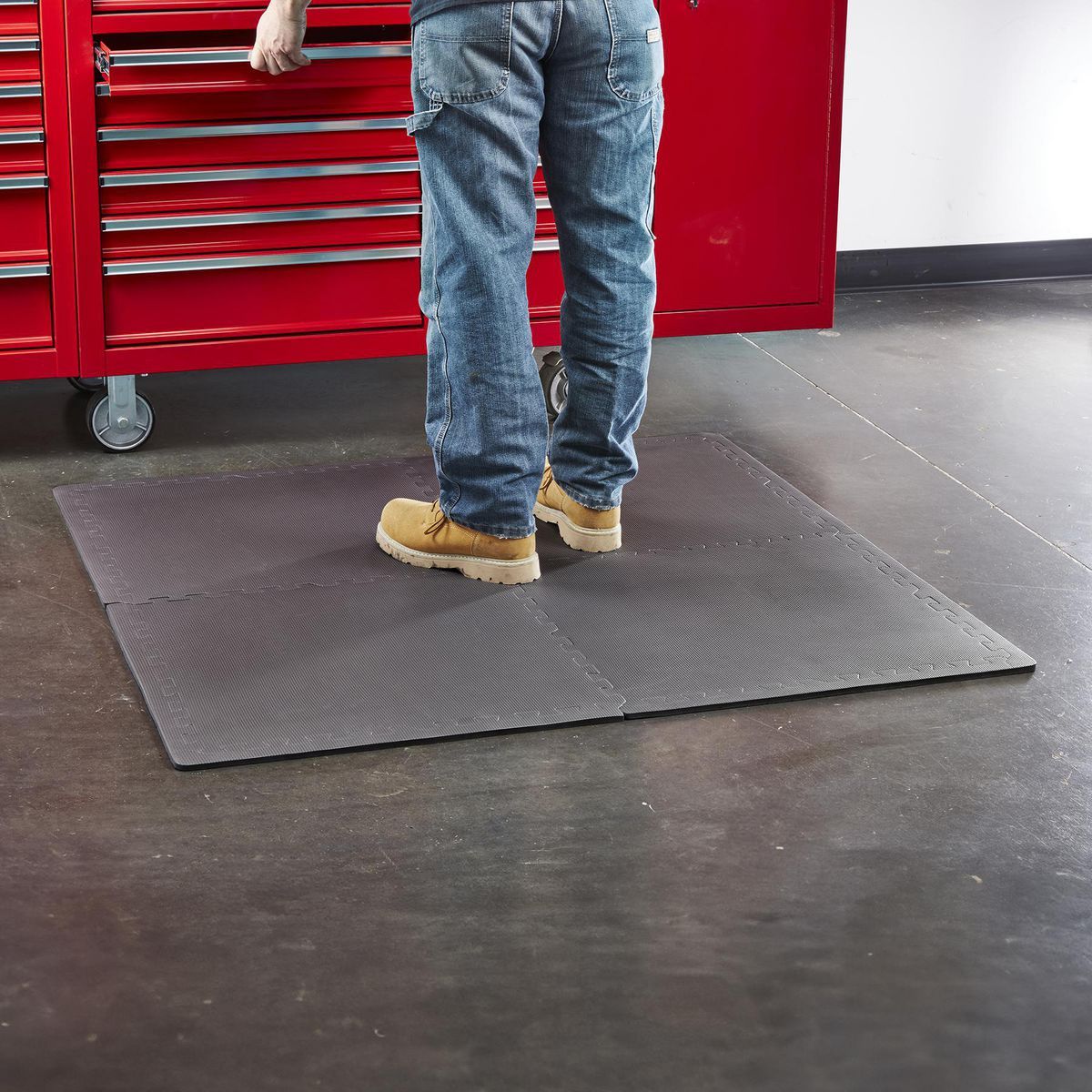I have a HF 44991 mini-mill. Added epoxy granite to the column, mainly to get some stiffness. Was not worried about sound damping at the time. My guess is that the column, being cast iron, is hard to improve on.
Here's the ingredients I used:
View attachment 339326
Bought a dog food dish from Goodwill to use as a mixing bowl, and here's what the mix looked like just before pouring:
View attachment 339327
Before pouring, I'd inserted a length of PVC pipe, to form a space in which to put the LMS hydraulic head "counterweight":
View attachment 339328
If you're concerned about conducted sound, I'd suggest something like mounting the mill on a chunk of ¾" plywood, atop a layer of foam (maybe like the 2' x 2' interlocking floor squares you can get at Harbor Freight, then a bottom of ¾" plywood. You could use Liquid Nails to keep the sandwich from shifting around sideways, maybe even adding a second layer of foam damping, etc.
Amazing deals on this Anti-Fatigue Foam Mat Set 4Pc at Harbor Freight. Quality tools & low prices.

www.harborfreight.com
For radiated sound, you might consider a surround of plywood faced with acoustic ceiling tiles.





